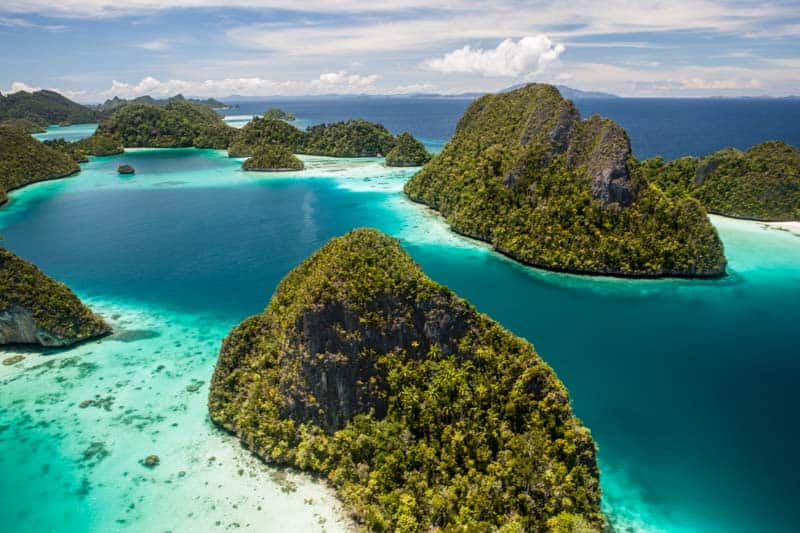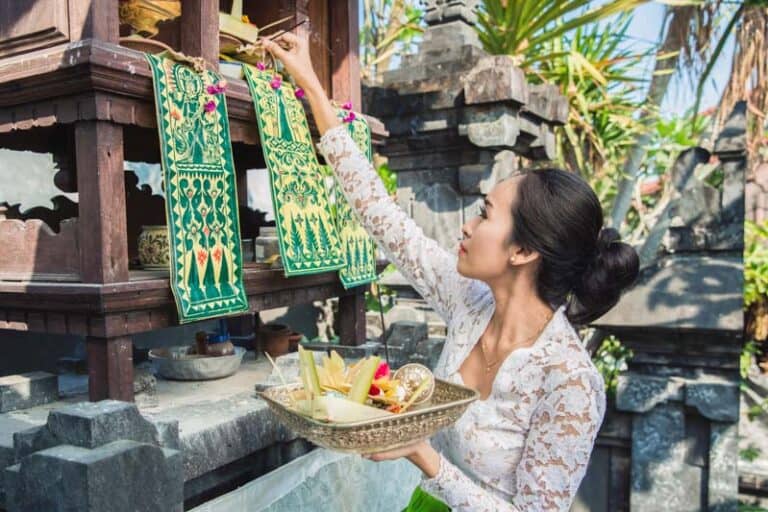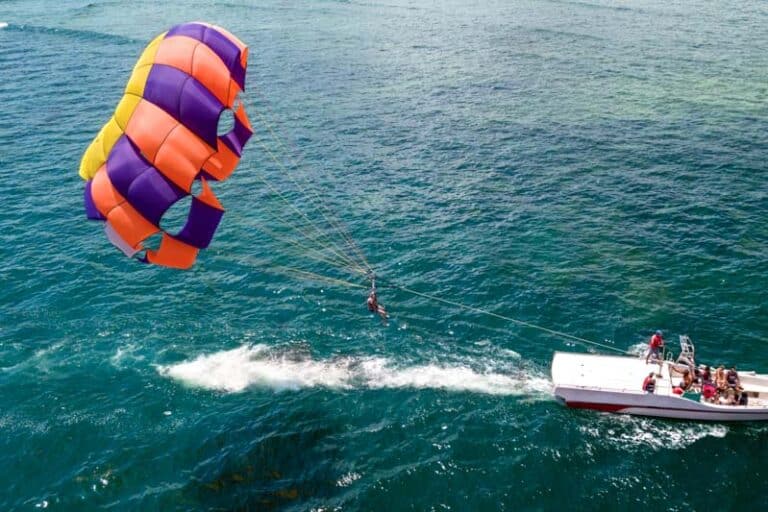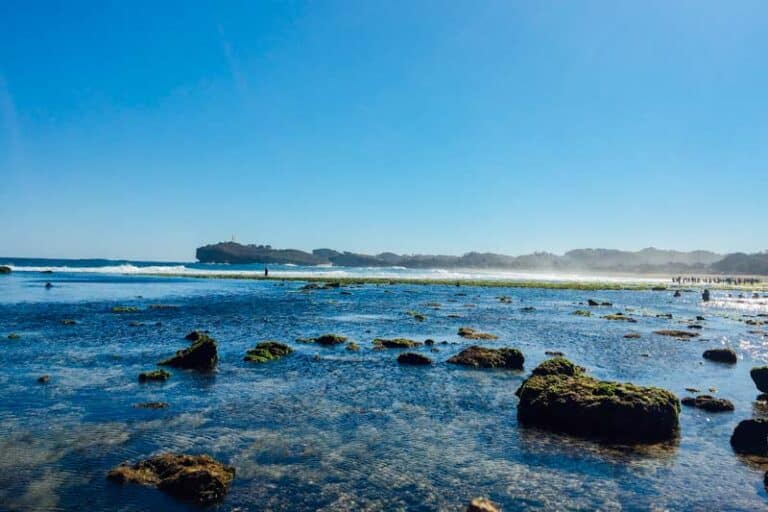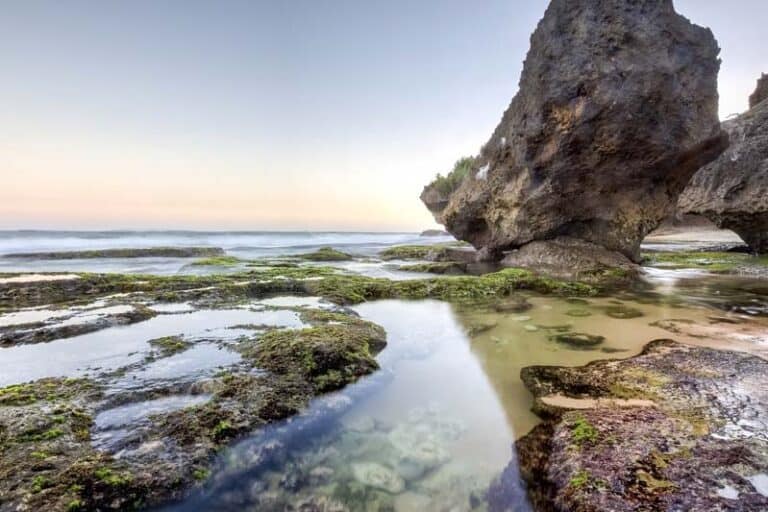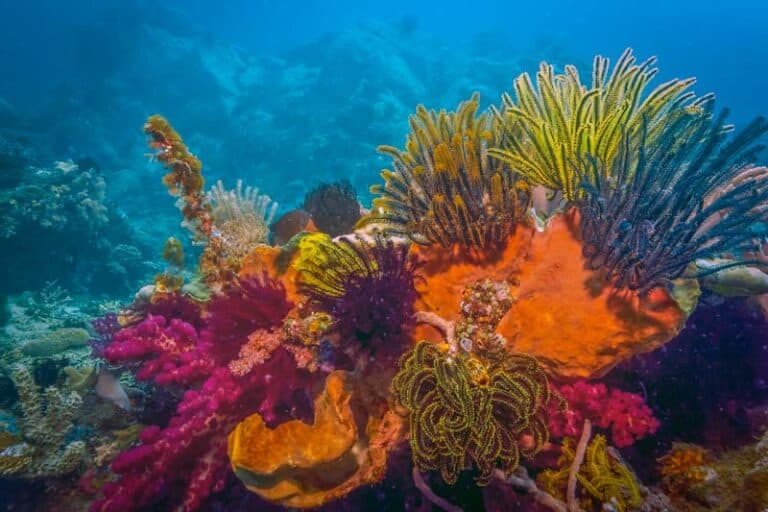Raja Ampat is located on the top of northwest Papua, Indonesia. As a part of the Coral Triangle, Raja Ampat has thousands of pristine beaches and islands, along with endless marine biodiversity and unique ritual of Sasi Raja Ampat to conserve the ocean, and other environments, like river, land, etc.
To reach Raja Ampat, you can fly to Sorong then transferred by ferry to Waisai – Raja Ampat capital – before getting to your accommodations in Raja Ampat. To enter the Raja Ampat region, you need to pay the entrance tags and bring it along during your visit, which is valid for one calendar year.
What is Sasi Raja Ampat
Basically, Sasi is a traditional natural resource management practices in the region, particularly in Papua (including Raja Ampat) and Maluku, Indonesia. Sasi implementation itself is to declare prohibitions on harvesting, capturing, or illegally taking specific natural resources, either on land or in the sea waters, of economic or subsistence value to the community during some specific time.
For the implementation on the land, they call it “sasi darat”, while in marine areas particularly, they call it “sasi laut”. It has been practiced for generations, and the legal power is recognized both by custom and religion in Raja Ampat. The non-government organization (NGO) managing that area has also made some efforts to integrate it into the current conservation management approach.
Practice of Sasi Raja Ampat
Naturally, sasi is performed by the native people every year, conducted in two sessions, namely “buka sasi” (opening) and “tutup sasi” (closing) – in which the procession and ceremonies will take place. “Tutup sasi” indicates the starting period of the prohibitions on catching seafood for 6-12 months. Meanwhile, “buka sasi” is a traditional ritual to express the gratitude for the blessings and ask permission to do the harvest, this is when the community is allowed collectively catch the seafood after the break. Sasi Raja Ampat ensures the shared commitment among the local community to increase marine resources quantity, including for the bia kapa, lola, natural snails, lobsters, batu laga, and sea cucumbers.
Both implementation and supervision of the sasi are carried out by the local community, government, and the NGO. This tradition was enforced by the local policing authorities, and those who break the sasi rituals will get both cultural and legal penalties, including paying some fines and are prohibited from joining the harvest in “buka sasi” ritual.
The coverage of sasi Raja Ampat depends on the results of the discussion and agreement among local community members based on the needs and some other considerations. To mark the area of sasi Raja Ampat, some marking tools are installed around the area, such as the buoys, flags, or anchors.
Benefit of Sasi Raja Ampat
Generally, sasi Raja Ampat brings out numerous benefits, including, to manage and utilize the available natural resources, to improve the welfare of the local, to ensure fair and equal access to resources, sustainable management of sedentary marine species, etc.
However, there are also some lacks found in the ritual of sasi Raja Ampat, such as, unlikely effective to support pelagic species or highly migratory species, a lack of adequate enforcement capacity including boats and staffs to do the patrol, and incapability to apply for outsiders who do not follow the traditional local regulations.
But apart from this absence, sasi Raja Ampat has successfully helped this region and its community to sustainably manage the natural resources for the welfare of the people.
